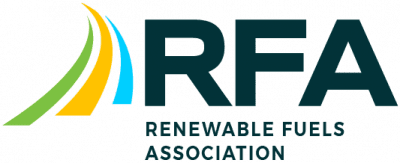Training Guide
Our Training Guide is Up-to-Date and Ready!
Follow the Intructions for Full Training

Upon the completion of this course, participants will have knowledge related to ethanol and ethanol-blended fuels including the use, chemical and physical characteristics, transportation modes, transfer operations, basics of foam, suggested responder tactics and strategies and environmental issues.

Upon the completion of this module, participants will be able to describe the use and growth of ethanol and ethanol-blended fuels in the United States.
|
English Version: |
Versión en Español: |

Upon the completion of this module, participants will be able to describe the chemical and physical differences between gasoline, ethanol and ethanol-blended fuels.
|
English Version: |
Versión en Español: |

Upon completion of this module, participants will be able to describe how ethanol-blended fuels are transported and transferred as well as where the most likely points for error in these actions will exist.
|
English Version: |
Versión en Español: |

Upon completion of this module, participants will be able to discuss common locations for storage and dispensing of ethanol-blended fuels and will provide a basic understanding of these storage/ dispensing sites.
|
English Version: |
Versión en Español: |

Upon the completion of this module, participants will be able to develop firefighting strategies and foam-use tactics for controlling and fighting fires associated with flammable liquid hazards of ethanol-blended fuels.
|
English Version: |
Versión en Español: |

Upon the completion of this module, participants will be able to determine the potential spill control methods, proper personal protective equipment (PPE), and detection and monitoring devices for responding to ethanol-blended fuel incidents.
|
English Version: |
Versión en Español: |

Upon the completion of this module, participants will be able to develop plans to fight or contain fires at tank farms and bulk storage facilities.
|
English Version: |
Versión en Español: |






